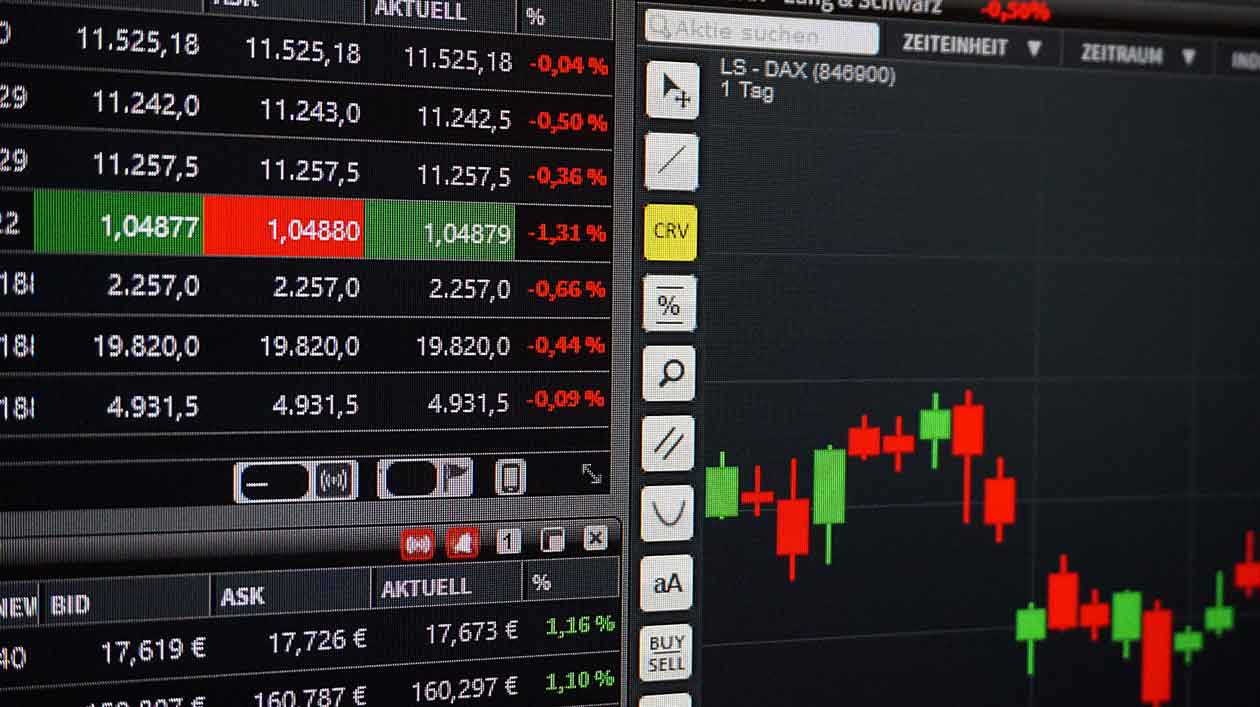
The most fundamental component of a stock’s indication is the PBV (Price to Book Value) ratio. Investors frequently use this PBV to estimate the value of stocks they own. Using Price to Book Value is another method for examining financial ratios within your business. This ratio helps analyze the company’s financial issues as well as serves as a gauge for predicting future financial circumstances.
The profit that will be collected by the owner increases as the company’s worth rises. If everything is improving, the market will consider the business and its prospects. This demonstrates that the business has been successful in generating meaningful value for shareholders. To understand Price to Book Value more clearly, this article will provide explanations of what it is and how to make it profitable.
Definition of Price to Book Value
Price to Book Value is an investment valuation ratio that is often used by investors to compare the market value of a business share with the amount of value recorded in the book value. A PBV is used to ascertain the estimated current stock price for the company and the number of shareholders who fund its net assets.
To determine whether the price of outstanding shares is accurate, businesspeople utilize PBV. According to this price-to-book value ratio, the market price of the company’s shares is in line with its book value. You may determine this company’s book value by deducting assets from liabilities or obligations.
As can be observed, businesses with high Price to Book Value ratios can be said to have inflated stock prices. Whereas businesses with low PBV values can also experience undervalued stock prices.
The System Works of a Price to Book Value
Investors determine if a stock is fairly valued using the price-to-book ratio. A PBV ratio of one indicates that the stock price is trading at a level with the company’s book value. In other words, solely from the perspective of PBV, the stock price would be regarded as being reasonably valued. A company’s stock price may be overpriced if its PBV ratio is high, while it may be undervalued if it has a low Price to Book Value ratio.
The PBV ratio should, however, be contrasted with businesses in the same industry. Some industries have a higher ratio than others. Therefore, it’s crucial to evaluate it against businesses with comparable assets and liabilities.
A PBV ratio study is a crucial component of a value investing strategy overall. Such a strategy implicitly presupposes that the market is relatively inefficient and that as a result, stocks of companies are typically selling for much less than their true value.
Investors may interpret a lower PBV ratio, especially one below one, as a hint that a company may be cheap. In other words, the stock price is currently trading below the assets of the company.

Price to Book Value Equation
The following formula is used to determine book value per share in this equation: (total assets – total liabilities) / outstanding shares. By merely examining the share price quote in the market, one can determine the market value per share.
P/B Ratio=Book Value per Share/Market Price per Share
The PBV ratio illustrates the value that the market places on a company’s stock in relation to the equity’s book value. The market value of a stock is an indicator of future cash flows for a company. The book value of equity is an accounting metric based on the historic cost principle that takes into account previous stock issuances, profits or losses, and share buybacks and dividends to reduce it.
See Video How To Easily Send Money to 50+ Countries

Limitation of Price to Book Value
The book value of equity offers a comparatively constant and simple statistic that investors can quickly compare to the market price, which is why they find the Price to Book Value ratio valuable. Given that negative earnings make price-to-earnings ratios worthless and because there are fewer companies with negative book values than with negative earnings, the PBV ratio can also be employed for businesses with positive book values and negative earnings.
PBV ratios, particularly for businesses from various countries, may not be comparable when accounting rules used by enterprises differ. PBV ratios can also be less helpful for service and IT businesses with scant tangible assets on their balance sheets. Finally, a prolonged period of negative earnings might cause the book value to turn negative, rendering the PBV ratio worthless.
Send Money Easily to Different Countries
How to Send Money to Hong kong
How to Send Money to China
How to Send Money to Malaysia
How to Send Money to Japan
Closing and Conclusions
The price-to-book ratio is crucial since it can inform investors as to whether a company’s market price appears acceptable in light of its balance sheet. Investors may investigate whether a company’s high price-to-book ratio is appropriate in light of other factors, such as its historical return on assets or growth in earnings per share (EPS). Another common method for vetting potential investment opportunities is the price-to-book ratio.
Those of you who want to begin investing in stocks should be aware of what Price to Book Value is beforehand. Because it will be simpler for you to maximize the investment you wish to make if you are familiar with this term.
Download Transfez App
Transfez App can help you transfer money abroad more quickly and efficiently. Transfez Business can also help your business in making transactions abroad. For those of you who want to send money to relatives who are abroad because they are studying, working, or traveling, Transfez will be ready to help. This app is available on Android as well as iOS.
This Price to Book Value ratio has limitations, but it can also show investors which companies may be overvalued or undervalued. Don’t forget to analyse the dangers associated with any financial investment, as well as if it is secure and appropriate given the return.











Recent Comments